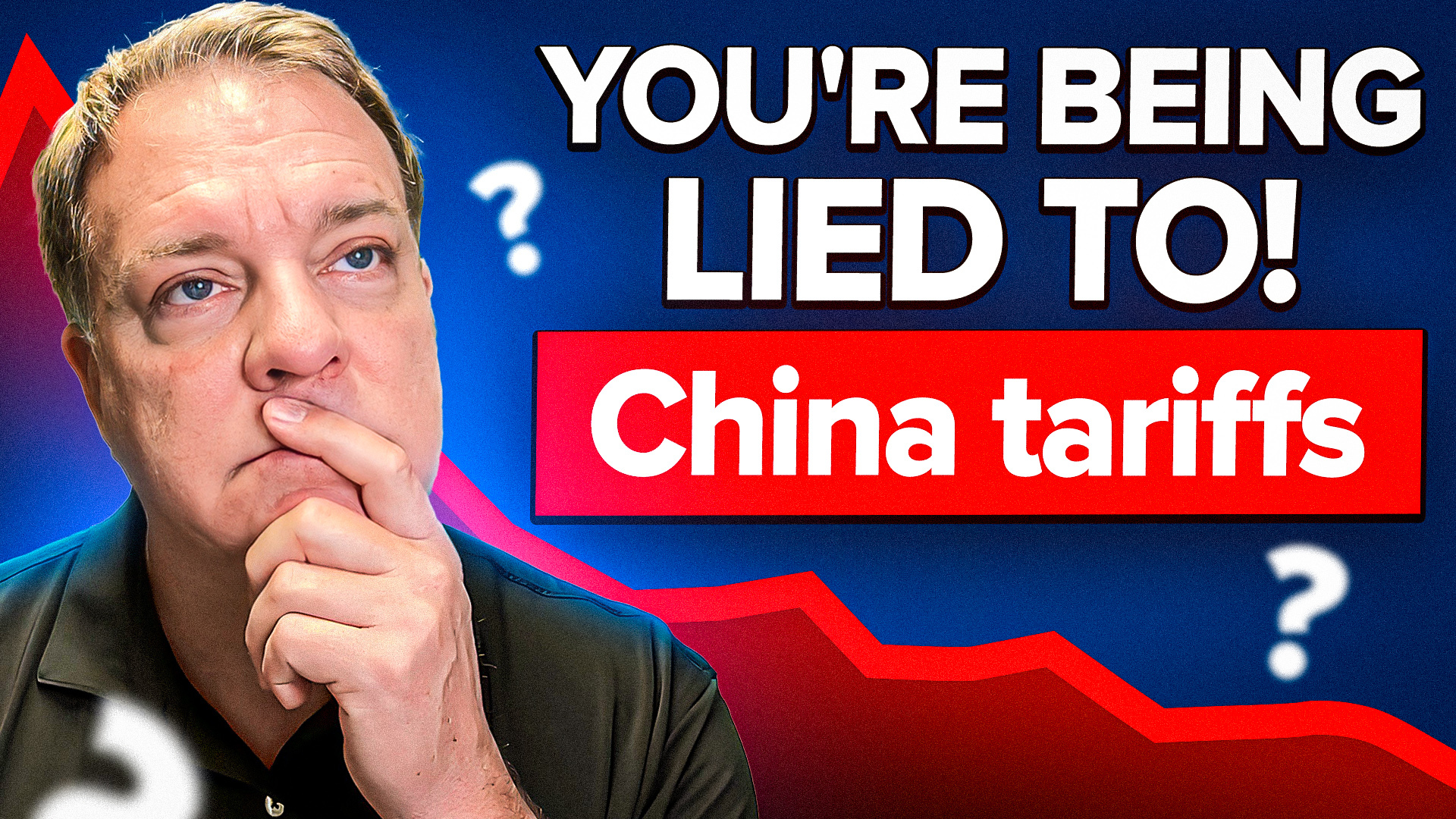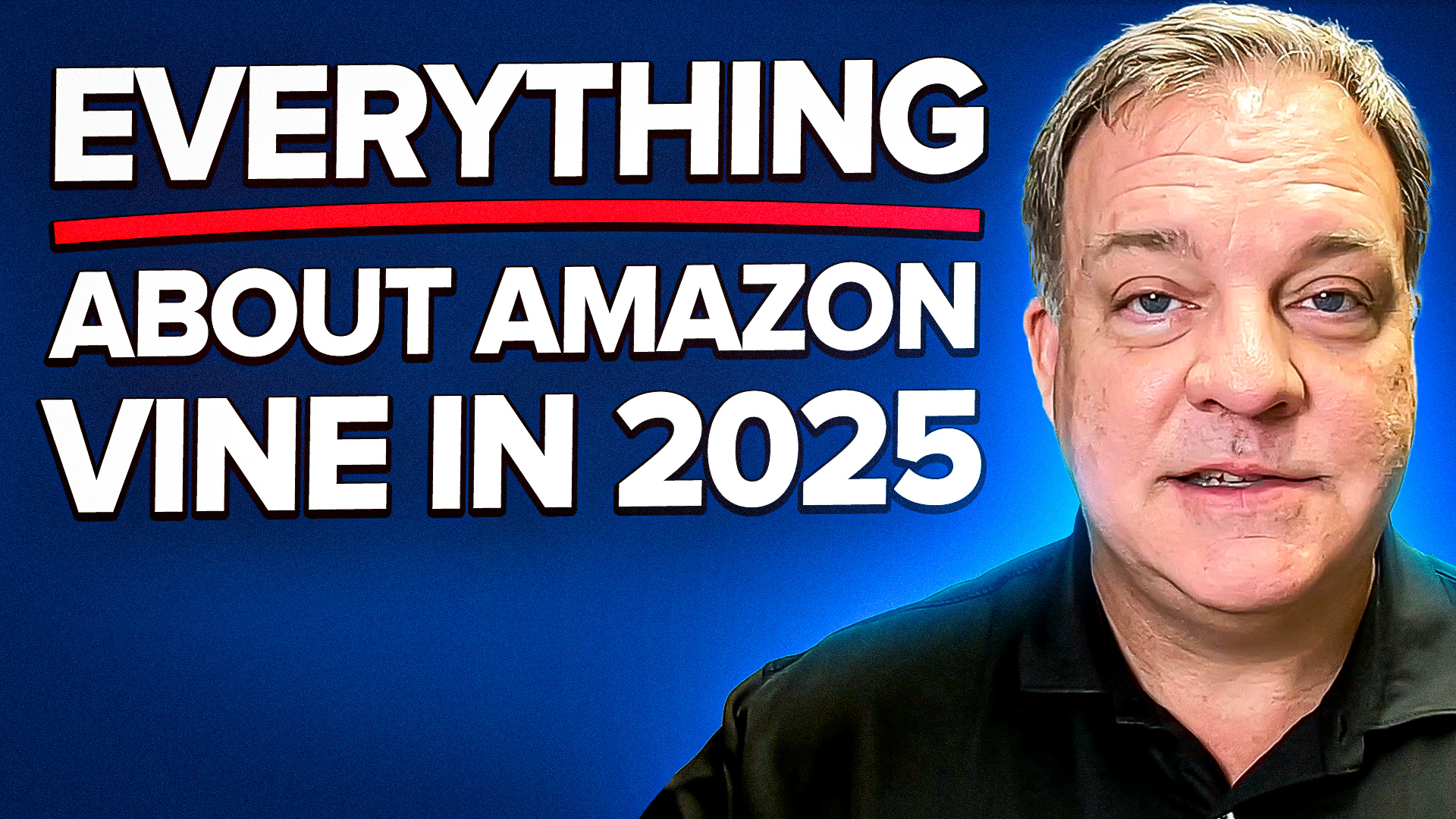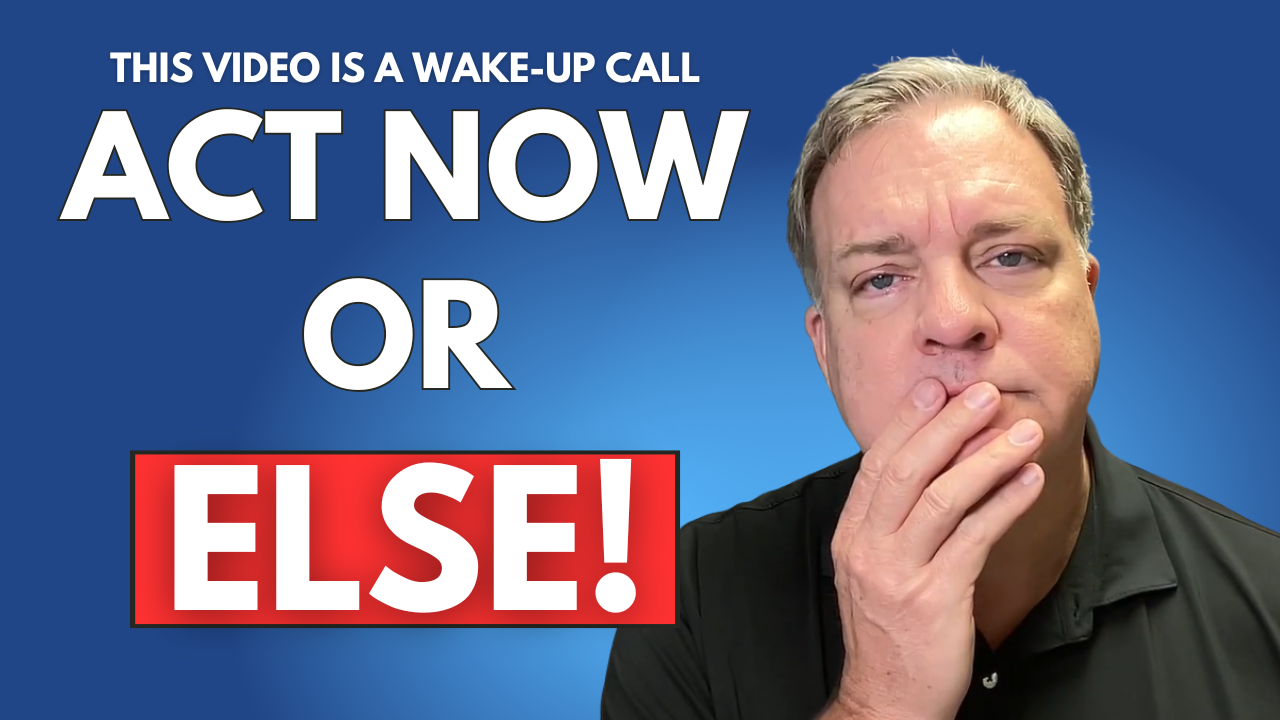Let’s set the record straight: if you’re selling on Amazon or running your own e-commerce shop, you’ve probably heard a lot about tariffs on Chinese imports. But are you getting the full story? Whether it’s the news, your Facebook friends, or your group chat, odds are you’ve heard numbers thrown around about how much these tariffs really cost. Most of it? Either incomplete or just straight-up wrong.
Here’s the breakdown you actually need—without the fluff, confusion, or hype. If you’re importing from China, this affects your bottom line and every product you sell.
The Celebrated “Tariff Reductions” — What Really Happened? 🥳
You might’ve seen recent headlines or tweets talking about a “massive 90-day tariff reduction” in the ongoing U.S./China trade saga. There was a lot of celebration and dramatic gifs. But let’s be honest—most people miss the whole picture.
Many think tariffs got reduced to only 10%. Some more plugged-in folks claim it’s 30%. Here’s the kicker: both are wrong. Both are only half the story at best.
A Quick Timeline of the Tariff Scrapbook
Let’s hop in the time machine (no DeLorean required):
- April 2: The U.S. drops a 10% tariff across the board, but there’s a special mark up just for China—an extra 24%, making the total 34%.
- China retaliates with their own 34%.
- The U.S. comes back swinging, raising tariffs to 84%, and then, just one week later, shots fired: 125% on Chinese goods.
- That number isn’t even the full picture—other secret ingredients are mixed in.
- As of mid-May, a shiny new “90-day deal” hits. The U.S. agrees to reduce the big tariff, dropping from a whopping 145% down to 30%.
But even this new 30% “deal” only scratches the surface of what importers actually pay. It’s like thinking your cable bill is only $40 when the fine print adds back taxes, fees, hidden charges, and the occasional remote control rental.
The Four Tariff Layers You’re Actually Paying (The “Tariff Lasagna”)
If you think tariffs are simple, think again. Picture it more like a lasagna—layer after layer stacking up until you need a calculator (and maybe a stiff drink).
Here’s what most articles leave out:
- Standard Tariff: The plain vanilla, always-here duty rate for your product (think 5.7% on bags, 32% on apparel).
- Section 301 “Trump Tariff”: First introduced during the previous administration, this adds another 25% on top of whatever you’re already paying.
- Fentanyl Tariff (via Executive Action): This extra 20% claims to battle China’s role in the fentanyl crisis. No matter what you’re importing, you might still pay it.
- Reciprocal/U.S.-China Trade War Tariff: The original headliner. Swings up to 125%, drops for a while to as low as 10%—but rarely acts alone.
Each tariff comes from a different policy or law. Each stacks neatly on top of the last. And none go away just because one tariff gets a temporary reduction.
Real Examples: The Price Tag on Hoodies, Bags, and More
Let’s get into the weeds with a real-world case. Imagine you import knitted hoodies from China. Here’s how those numbers can stack up:
- Standard rate for a hoodie: 32%
- Section 301 “Trump Tariff”: Usually 25%, but this product class is lucky—only 7.5%
- Fentanyl Tariff: 20%
- Reciprocal Tariff: As high as 125% until recently
If you stack these together, you could be looking at an 184.5% duty rate. Yes, you read that right—that’s almost double the cost of your goods in tariffs alone. Even after the big “deal” that drops the reciprocal tariff back to 10%, you still pay around 69.5% in total charges.
For bags or backpacks, the numbers look like this:
- Duty rate: 5.7%
- Section 301: 25%
- Reciprocal Tariff: 10% (after reduction, could jump back up)
- Fentanyl Tariff: 20%
Fire up the calculator, and you’re paying 60.7% of your import’s value just to bring it in. If you thought that headline number was all you’d pay, your math teacher wants a word.
Why the Media (And Almost Everyone Else) Gets It Wrong
News stories, headlines, and social feeds talk about “10% tariffs,” “30% tariffs,” or celebrate reductions as if everything is fixed. What’s missing?
- They rarely talk about stacking: Most ignore that you pay more than one tariff on the same product.
- Section 301 is invisible: That extra 25% is often ignored in talk shows and articles.
- Fentanyl tariff is newer, but adds punch: Most people leave out that extra 20% (sometimes you get lucky, and your product is exempt, but don’t bet on it).
- Automatic duty rates never go away: Every import starts with a built-in charge based on product category.
So, when someone says “it’s only 10% now,” remember to factor in at least three more layers. That’s why importers and e-commerce pros feel the squeeze, even when the stock market throws a party over “reduced tariffs.”
What Does This Mean for Amazon FBA and E-Commerce Sellers?
If you sell on Amazon, Shopify, or run your own site and use Chinese suppliers, these tariffs hit your margins. It might be tempting to think, “No big deal, just raise prices.” But with real rates running up to 50%, 100%, or even 180% on some goods, there’s only so much you or retailers can absorb.
Some sellers will try to “eat the cost.” Others pass it on to the customer. Often, big importers like Walmart get blamed for raising prices, but these numbers show it’s not greed. It’s just math.
It’s easy to say “just manufacture in the U.S.” And yes, if you can pull it off profitably—great! But for now, most e-commerce sellers don’t have that option. Finding new suppliers takes time, capital, and new relationships. And the tariff roller coaster can shift again in 90 days.
Don’t Trust Every Tariff Calculator or Chatbot
It’s a jungle out there for info. Even tech tools get it wrong—AI chatbots like ChatGPT often spit out different numbers every time you ask.
There are dozens of tariff calculators online, but many forget to factor in all four major tariff types. Some forget product exclusions. Others miss harbor fees or line-item charges.
Bottom line: if you’re not working with a pro customs broker, you could get an unpleasant surprise in your shipping bill. Double check, ask questions, and use a customs broker who knows their stuff.
Your Action Steps: How to Protect Your Bottom Line
Ready to dodge surprises and set your pricing the smart way? Here’s a quick checklist if you’re importing from China:
- Ask your customs broker for a complete tariff breakdown on every import.
- Get to know your product’s HTS code rate (Harmonized Tariff Schedule). It starts the math.
- Add on Section 301 (Trump Tariff) if it applies to your item and origin country.
- Check for Fentanyl Tariff by product, especially textiles and synthetic goods.
- Factor in any trade war “reciprocal tariffs” that could spike again after temporary deals expire.
- Keep watch for exemptions or policy changes—they’re announced quickly and can save you thousands.
Conclusion: Stay Informed, Save Your Margins, and Don’t Be Fooled
Tariffs aren’t just a single percentage you can look up on Google. If you’re an e-commerce seller, you have to peel back several layers before you know the real costs. Prices get squeezed at every step, and the media rarely covers all the fees that matter most to sellers.
Don’t trust guesses, generic headlines, or chatbots. If you want to make sure your imports (and profits) are safe, get expert help and keep sharing the real math with your friends.
Got questions? Curious about your own tariffs or want advice from folks who have seen millions in revenue shipped through every kind of trade war? Watch the full breakdown in the video above and see all the details from real imports.
If this post helped you, don’t keep it a secret—hit that thumbs up and share it with your e-commerce friends. And when you’re ready for expert help, book a consultation with the team at eComCatalyst. Your margins will thank you! 🚀





